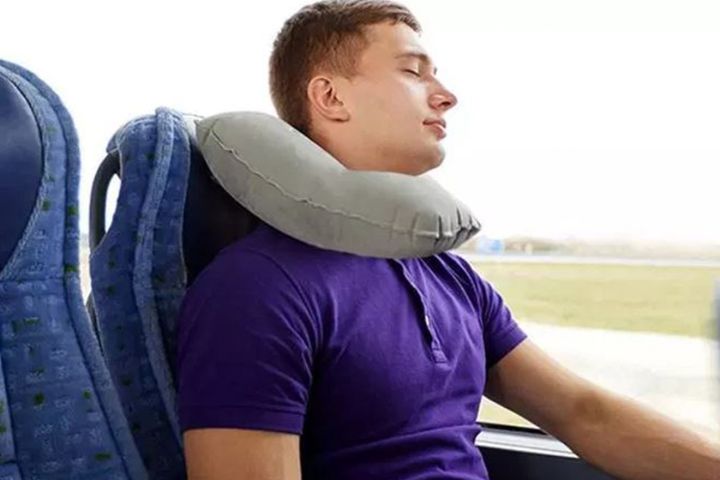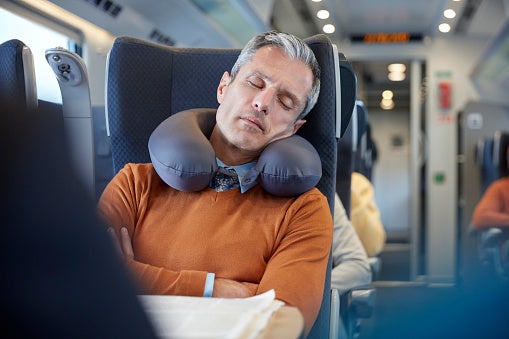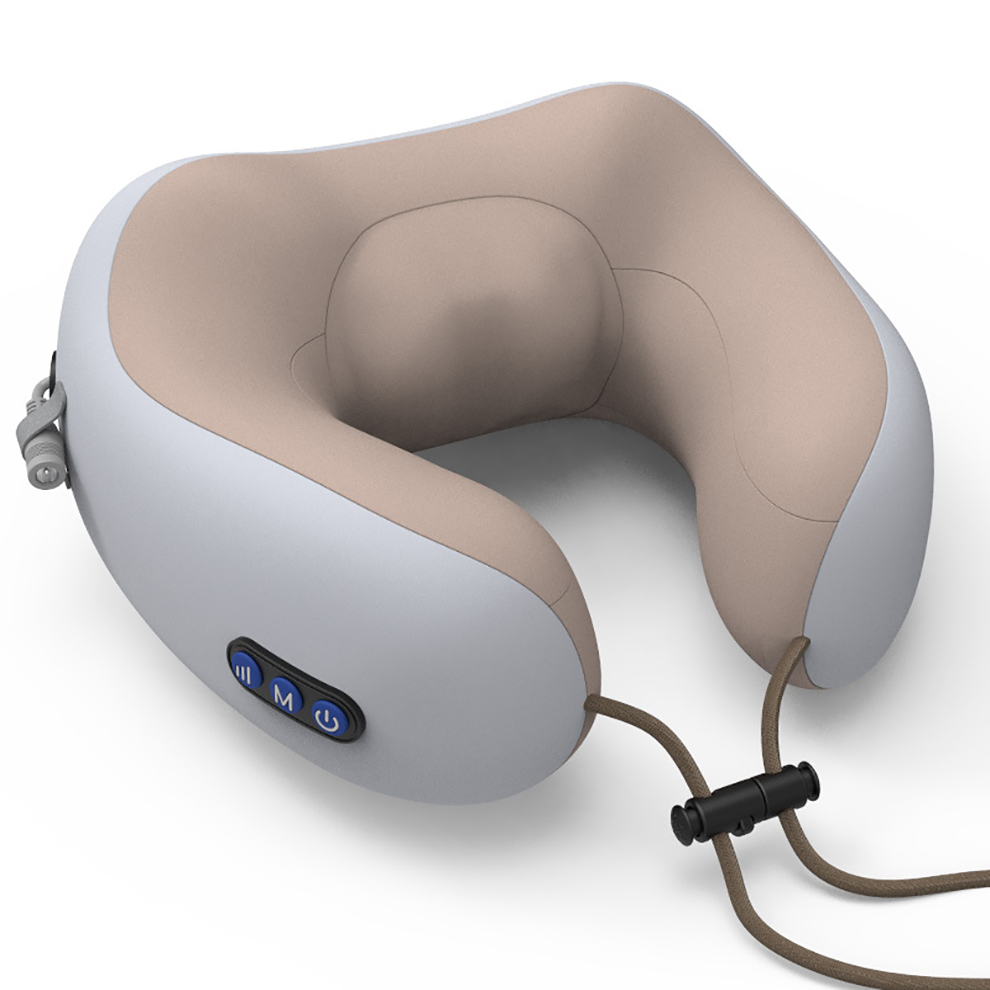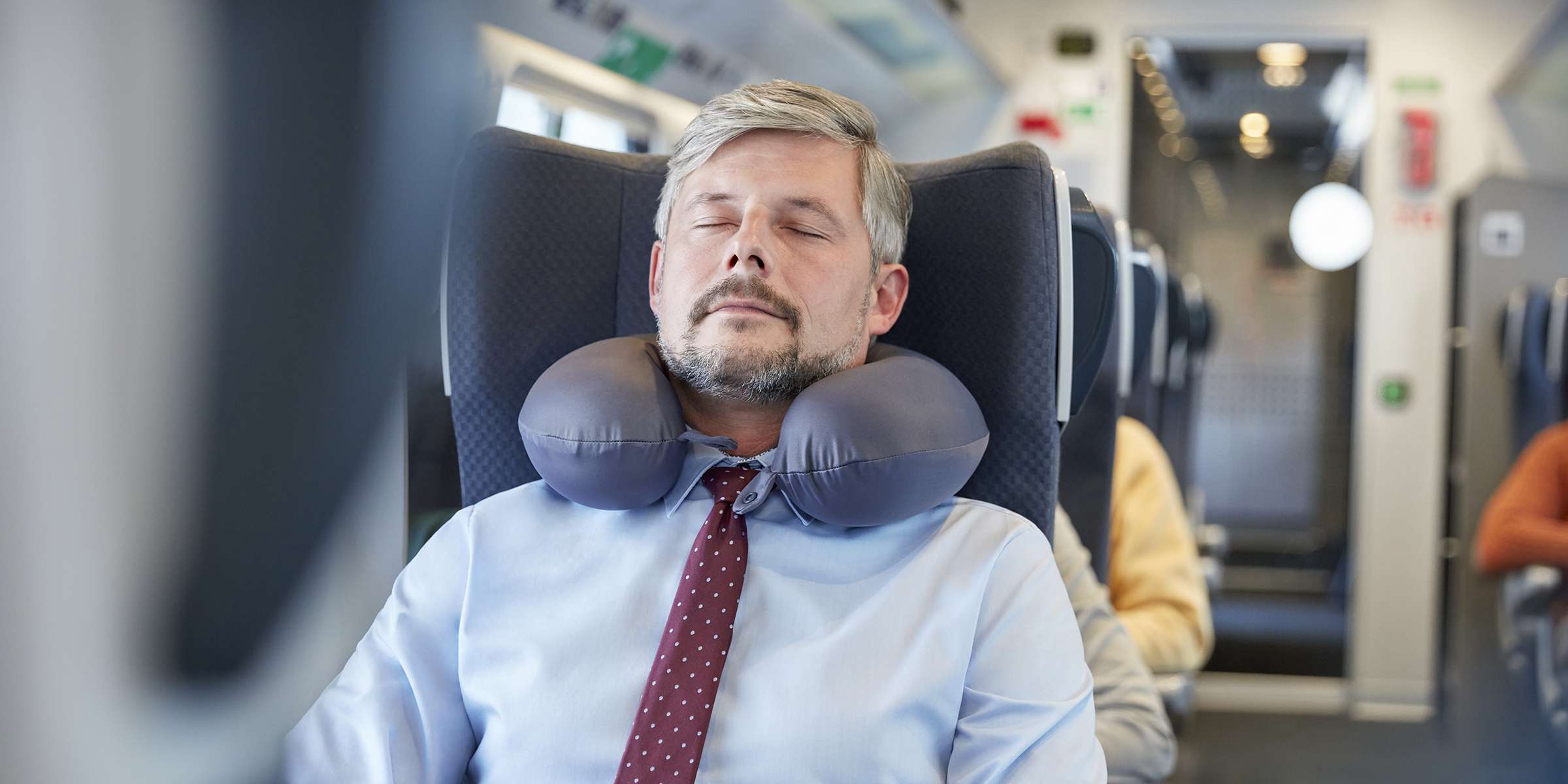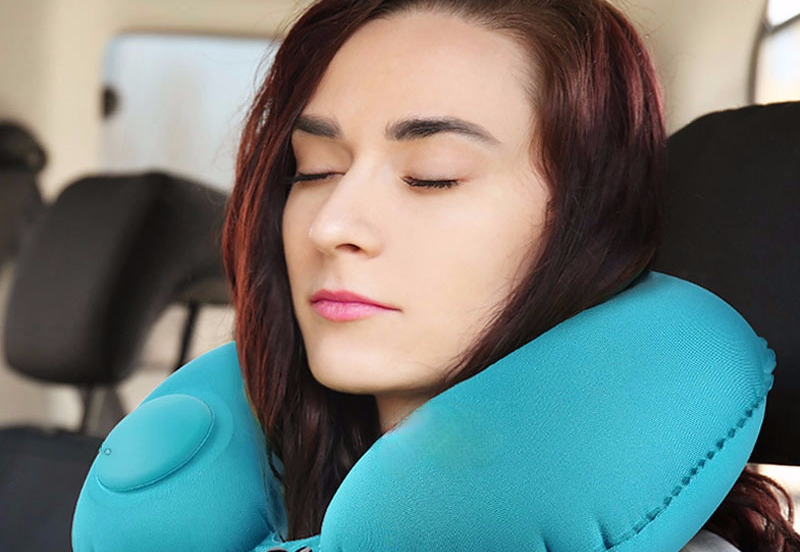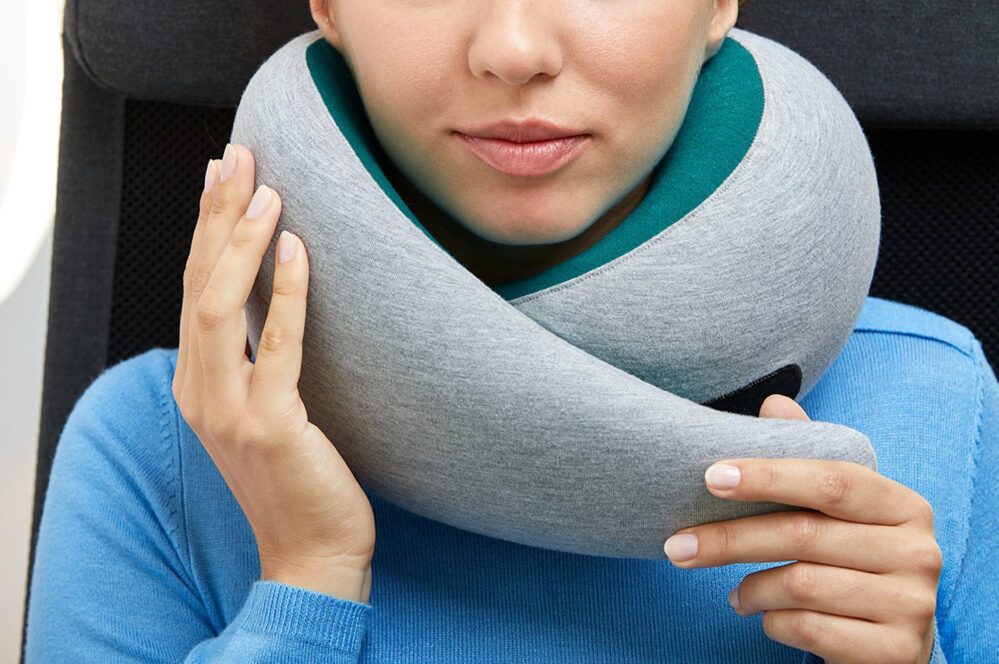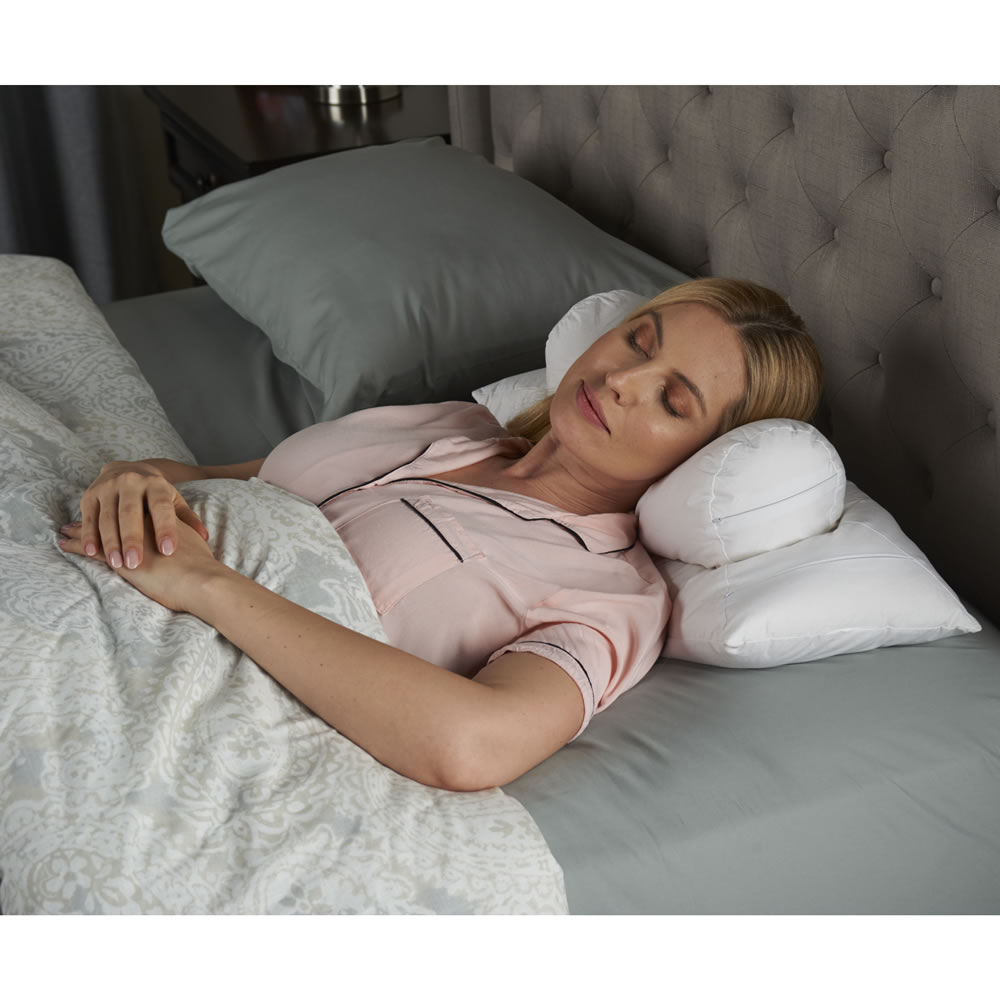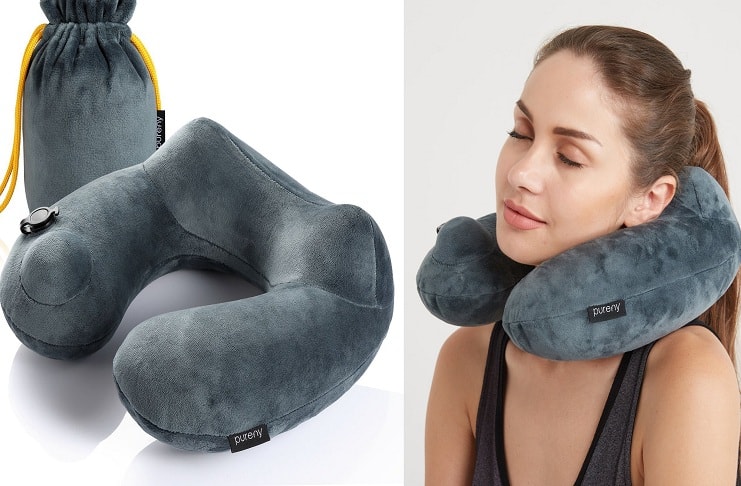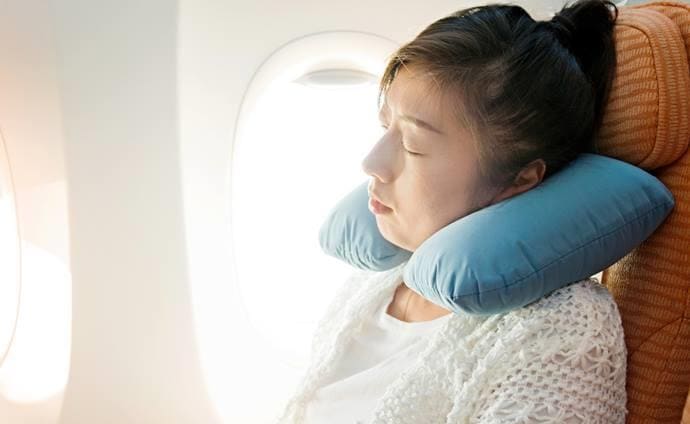Proper Way To Wear Neck Pillow

Are you wearing your neck pillow wrong? Millions are, potentially exacerbating neck pain and travel discomfort instead of alleviating it.
The common travel accessory, designed to support the neck, often fails due to improper usage. We're breaking down the right way to wear a neck pillow to maximize its benefits and avoid common pitfalls.
Neck Pillow Misconceptions: Busting the Myths
Many believe the pillow's bulk should always be behind the neck. This is frequently incorrect. According to Dr. Emily Carter, a leading chiropractor, this placement can push the head forward, straining neck muscles.
Another misconception is that all neck pillows are created equal. Material, shape, and size all play a critical role in effectiveness.
The Correct Method: Step-by-Step Guide
Step 1: Determine Your Need
Are you seeking support for sleeping upright or simply to maintain neck alignment? Consider your primary use case before placing the pillow.
Step 2: The Front-Facing Approach
For most individuals, especially when sleeping upright, the opening of the U-shaped pillow should be positioned at the back of the neck. This allows the bulk of the pillow to support the chin and sides of the face.
"This configuration prevents your head from dropping forward, a common cause of neck strain during travel," explains Dr. Carter.
Step 3: Adjust for Comfort
Tighten or loosen any straps the pillow might have. The goal is a snug but not constricting fit. Ensure your head feels supported without being forced into an unnatural position.
Step 4: Consider Your Seat
The angle of your seat impacts pillow placement. Reclined seats may necessitate slight adjustments to maintain proper alignment. If the seat is not adjustable, consider a different pillow shape for better support.
Step 5: Material Matters
Memory foam is generally recommended for its conforming properties. Inflatable pillows offer adjustability and packability. Choose the material that best suits your comfort and travel needs.
Common Mistakes to Avoid
Wearing the pillow too loosely offers minimal support. This defeats the purpose and may even contribute to neck strain. Ensure a snug, supportive fit.
Ignoring the pillow's size relative to your neck can also cause problems. Pillows that are too large can force the head forward. Too small, and they offer inadequate support.
Assuming the pillow will fix pre-existing neck issues is a fallacy. Neck pillows are designed to *prevent* strain, not *cure* chronic pain. Consult a medical professional for persistent neck problems.
Expert Opinions and Recommendations
Dr. Carter emphasizes the importance of individual fit. "What works for one person may not work for another. Experiment with different styles and materials to find what best suits your needs."
Many travel bloggers recommend investing in high-quality neck pillows. Cheaper options often lack adequate support and durability. Research reputable brands before purchasing.
A recent survey by the American Chiropractic Association found that 70% of neck pillow users experience improved comfort during travel when the pillow is used correctly.
Ongoing Developments: Smart Neck Pillows
The market is seeing a rise in "smart" neck pillows. These pillows incorporate features like adjustable air chambers and built-in massagers. These advancements aim to provide customized support and enhanced comfort.
Research is ongoing to determine the long-term effects of neck pillow usage. Preliminary studies suggest that proper use can contribute to better posture and reduced neck pain. However, more data is needed.
Next Steps: Prioritize Your Neck Health
Evaluate your current neck pillow usage. Are you experiencing discomfort despite using a pillow? Reassess your technique.
Consult with a chiropractor or physical therapist for personalized advice. They can assess your neck alignment and recommend specific pillow types and usage techniques tailored to your needs. Don't delay - your neck health is paramount.
